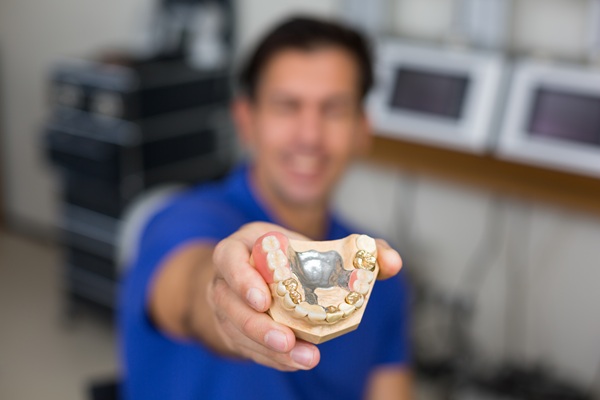Tooth-Colored Dental Filling Options

Tooth-colored dental fillings are the popular way to fill up cavities these days. Silver amalgam fillings have been the norm for the past 150 years, but a lot has changed since better alternatives emerged. Silver amalgam fillings contain mercury which is now known to be toxic to the body. It also has a grey color which ensures any repairs made with it sticks out.
Nowadays, most patients prefer alternatives that allow their teeth to keep their natural look. Tooth-colored fillings can be color-matched with the patient’s teeth and they can be used to repair other types of damage to teeth.
Figuring out the right tooth-colored dental filling for you
Let us take a closer look at the three most common types of tooth-colored dental fillings:
1. Composite resin
These are the more common option when it comes to tooth-colored fillings. These composites are made from mixtures of plastic and glass. Repairs made with them are not as durable as those made with silver amalgam fillings, but they can last up to five years with good oral hygiene. Touch-up applications can be performed as needed to increase the longevity of these restorations.
Using composite resin to treat tooth decay often involves the dentist giving the patient a shot of a local anesthetic at the start of the treatment. Decayed teeth matter is removed from the tooth and the area is cleaned. The dentist might use an etching solution to roughen the tooth before applying the composite that has been matched with the shade of the patient’s teeth. The additional layers of the composite are added until the dentist gets the desired results. The composite is hardened with a curing light to complete the treatment.
2. Porcelain fillings
These are often used to create fillings outside of the mouth. Called onlays or inlays depending on how they are used, these restorations are made in a dental lab. The dentist takes an impression of the patient’s tooth and sends it to the lab where restorations are made. The process takes about two weeks.
When the customized onlay or inlay is ready, the dentist cements it to the patient’s tooth. This leads to a natural-looking restoration. Inlays are used when only a small portion of a tooth is damaged, while onlays are used to cover the entire biting surface.
3. Resin or glass ionomers
These are made from materials like resin, glass and acrylic acid. These are a less durable type of filling, but they do lead to aesthetically pleasing results.
Benefits of tooth-colored fillings
Tooth-colored fillings allow patients to repair decayed teeth without compromising their appearance. In many cases, the process of getting this is not significantly different from getting silver amalgam fillings. The benefits that come with tooth-colored fillings include:
- Tooth-colored fillings are virtually impossible to detect
- Requires the removal of less decayed teeth material
- Composite fillings can be applied during a single visit
- Porcelain and composite resin provide a better option for patients with metal allergies
Fix your decayed tooth
Need treatment for tooth decay? Call or visit our Rochester clinic to set up an appointment with our dentist.
Request an appointment here: https://www.buhite.com or call Buhite & Buhite DDS at (585) 310-4078 for an appointment in our Rochester office.
Check out what others are saying about our dental services on Yelp: Dental Fillings in Rochester, NY.
Related Posts
A cosmetic dentist can bring back your stunning smile. The right treatment can even help improve your dental health. Knowing your options can help you prepare for your next appointment. Here are three popular cosmetic dentist services that you should consider.Gum disease can destroy soft tissue and jawbone. This can lead to chronic diseases or…
Are you looking for more information about denture adhesives? When you need to wear dentures so you can achieve good oral health, it is important to understand everything there is to know about dentures, including proper denture care. Denture care also includes potentially wearing denture adhesives.According to the Food and Drug Administration, in most cases,…
In general dentistry, cracked teeth are, unfortunately, a common problem that requires attention. Thankfully, modern-day dentistry has created a few different options that can solve the problem of a cracked tooth. In most situations, a general dentist can salvage a cracked tooth; however, it is important to know that there are a few factors that…
Dental bonding is a quick, affordable fix that dentists use to correct a wide variety of dental problems. Not only is dental bonding useful as a restoration, it also has cosmetic applications. The fact that bonding is easy to use makes it a popular option with dentists. This is how it works.Dental bonding takes the…


